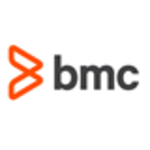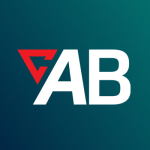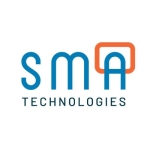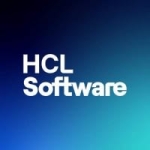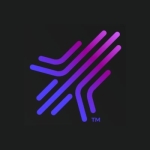What is our primary use case?
We use it in our production environment. We use it to schedule and execute many jobs. It is used by multiple application teams within our organization, such as SQL, Unix, ETL platform, MFT, and our AWS team. Other application teams include front office, back office, and accounting. They all use the Tidal environment.
How has it helped my organization?
We use Tidal to connect to other resources and systems through many of its adapters, such as for S3, ServiceNow, and PeopleSoft. We use it to trigger jobs in those applications. The REST API is very easy. Our application users use it to create, rerun, or cancel their jobs. And if they want to update something in the database, they do it with the REST API. It's a good feature.
That direct integration to our applications means we don't need to do other integrations from other applications or create scripts for these integrations. The multiple adapters available for connecting to other software make it easy for users to use the solution.
What is most valuable?
With other tools, you do not have the ability to schedule jobs on their own. You need to create a group and then assign everything to that group. Only then will the job be able to execute. In Tidal, you can schedule a single job and there is no need to create a group. That's what I like the most.
There are other helpful features as well, like SLA monitoring and the data book so you don't need to maintain other documents.
We also use the Graphical Views feature because our end-users want to see how their jobs are being executed and to monitor flows. They want to see how a job flow is going or where it stopped.
What needs improvement?
The drill-down into details using the Graphical Views feature is a bit difficult and not that helpful. If you want to go into the details, you have to go to the Job Activity. Graphical Views is not that easy for getting that kind of information.
Also, the user interface could be much better. It's an old-looking UI. Tidal could be much more user-friendly and attractive. I think they are working on that.
Another change I would like to see is that when we face issues or bugs in Tidal, we don't get to the root cause. We are told by Tidal, "Just apply this fix pack and it will resolve the issue." But we need to know the root cause. What has caused that issue? That scenario can be improved and Tidal has to work on it. They should provide us with some root cause analysis about every issue because we have to provide the root cause to our organization. Without the root cause, it is difficult for us to identify the problem.
For how long have I used the solution?
I started working with Tidal, as an administrator, in April, so I have been using it for six to seven months.
What do I think about the stability of the solution?
In our non-product environment, it is not as stable for us as it is in our production environment. I'm not sure why it is like that.
What do I think about the scalability of the solution?
It is scalable. It has many features that other tools do not provide. It is very convenient to use and we can scale it up.
Tidal has been widely promoted in our company and we are getting multiple requests to onboard teams into Tidal. They are exploring it and giving us feedback. We pass the feedback to Tidal and then they provide us with enhancements. Our job counts are increasing, day by day.
We have 500 to 600 people using Tidal in our environment.
How are customer service and support?
Technical support is good except for the root-cause issue I mentioned. But they are always willing to help. When we ask them to join a bridge, they usually join it and they try to support us. They have good product knowledge and help us troubleshoot things on the calls.
How would you rate customer service and support?
How was the initial setup?
We have two deployment models, making it a hybrid, because we have Tidal on-prem and Tidal for cloud as well. They are two different tools, but they are linked to each other. The cloud environment is based in different regions including US East and US West. We have Tidal in both.
The deployment was straightforward. It was not that difficult because we installed it in a Windows environment. It took three to four months because there was a process we needed to follow. We had a team of eight people involved.
There is some maintenance needed. Sometimes, we face issues with the Client Managers, which is the UI console for Tidal. We need to clear the cache monthly so that we do not face issues.
What was our ROI?
Our organization has been using Tidal for the past 10 to 15 years. That means it's a valuable tool.
What's my experience with pricing, setup cost, and licensing?
It's cost-effective because it is available at a low cost. That saves us a lot of money compared to other tools.
Which other solutions did I evaluate?
I have worked with IBM Tivoli Workload Scheduler previously and Tidal has many more features. Tidal is a low-cost tool and not expensive in comparison to other tools.
What other advice do I have?
The ease of use of Tidal for automating is moderate, if you have the proper knowledge and training on how to schedule a job. A new person will need some training on how to get a job scheduled in Tidal.
They have multiple new features coming up in the future. They are going to come up with repositories, for example. If you are going to use Tidal, I would recommend going through their documentation in-depth and only then start using it, so that you are aware of everything. When I joined, I was not experienced with Tidal, so I had to go through the documentation, and then I started working with our live production.
Disclosure: My company does not have a business relationship with this vendor other than being a customer.







